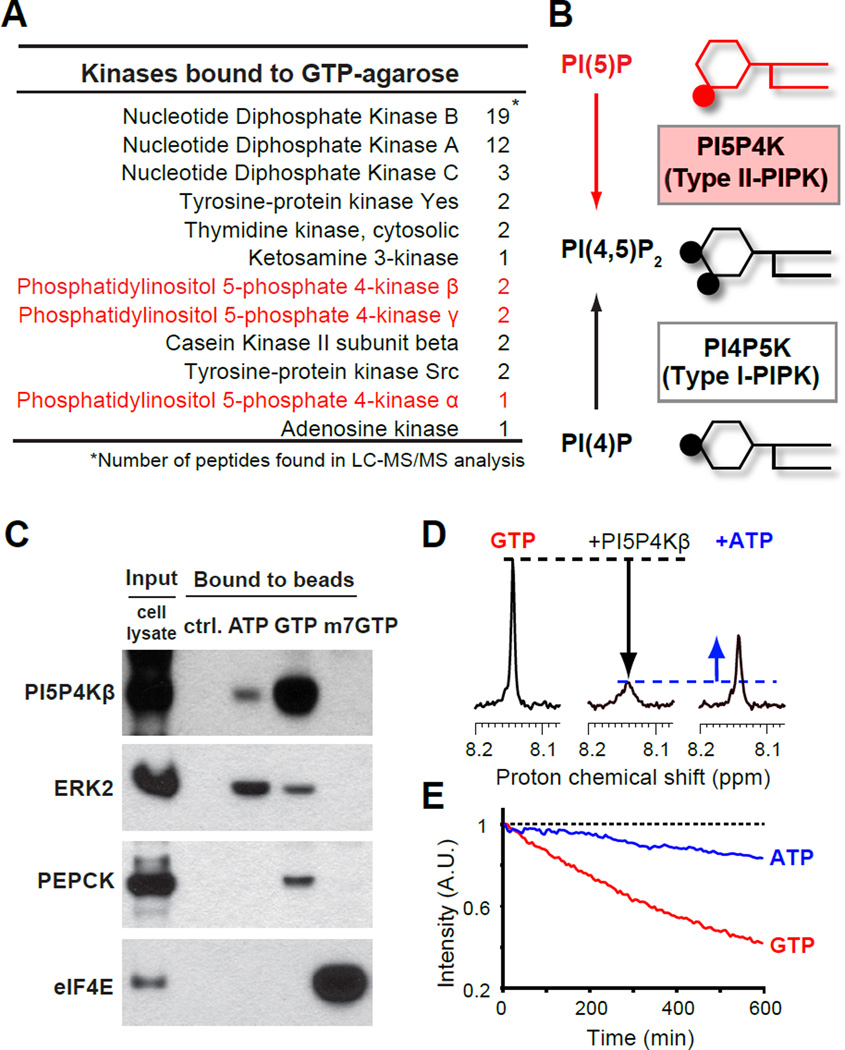Figure 1. PI5P4Kβ is a GTP-binding phosphatidylinositol kinase.
(A) A list for kinases that were identified in a proteome screening with GTP-conjugated agarose beads.
(B) Enzymatic functions of PI5P4K/Type II PIPK and PI4P5K/Type I PIPK.
(C) Cellular PI5P4Kβ binds to GTP-conjugated agarose beads more than ATP- and m7GTP-conjugated agarose beads. After incubated with HEK 293T cell lysates, PI5P4Kβ as well as control proteins that bound to the indicated control or nucleotide conjugated beads were immunoblotted.
(D) Direct binding of GTP to PI5P4Kβ assessed by solution-state NMR. The signal intensity of GTP (200 µM, H8 position) was reduced by addition of PI5P4Kβ (10 µM, middle), which was partially recovered by addition of physiological amount of ATP (1 mM, right). See also Figure S1A.
(E) PI5P4Kβ possesses superior GTP hydrolysis activity in vitro. The real-time reduction of GTP and ATP specific signals was monitored by NMR. See also Figure S1B.

